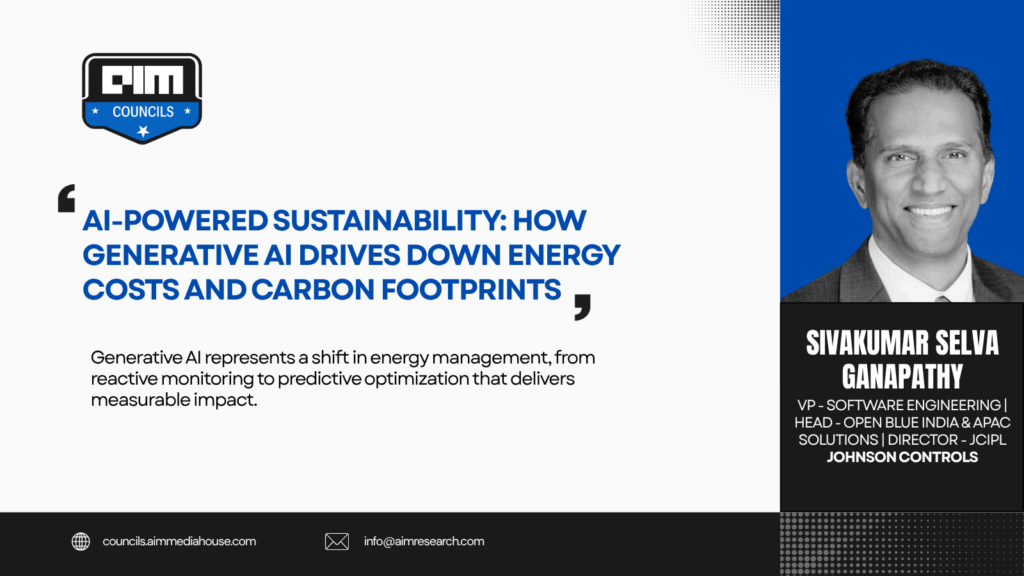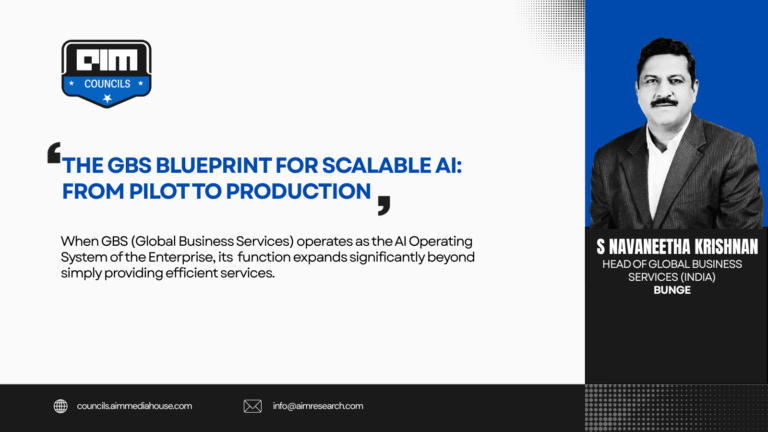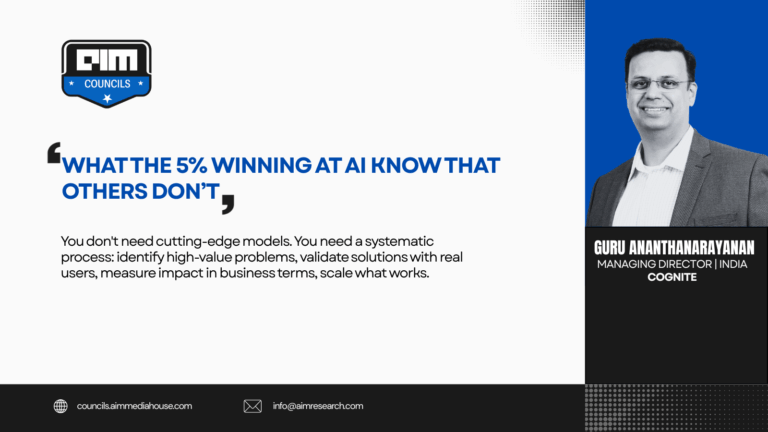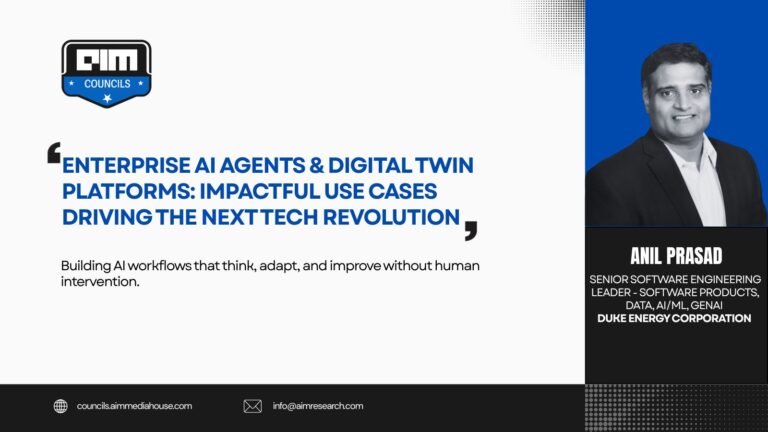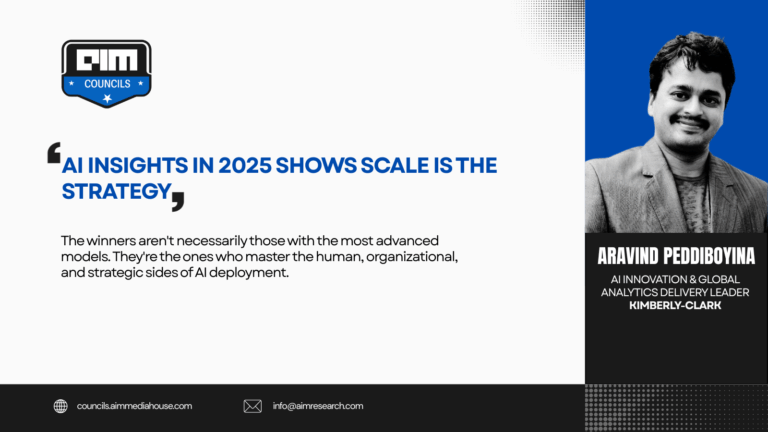Traditional energy management systems were never designed for today’s complexity. While IoT sensors, smart meters, and building automation platforms now capture unprecedented volumes of operational data, legacy systems remain fundamentally reactive, surfacing issues only after energy has been wasted, relying on static thresholds that miss nuanced inefficiencies, and leaving managers to manually correlate insights across fragmented dashboards. The data exists, but the intelligence to act on it does not.
Generative AI transforms this limitation into an opportunity. These adaptive systems synthesize disparate data streams into coherent, predictive intelligence: forecasting consumption anomalies before they occur, learning each building’s unique operational patterns, and autonomously surfacing inefficiencies that would escape human detection. Unlike rule-based automation, AI continuously evolves, refining its models with every data point, adapting to seasonal variations and operational changes, and generating contextual recommendations that account for weather, occupancy, and equipment performance simultaneously.
How AI Forecasts Prevent Costly Spikes
Generative AI models, integrating building data with external factors like weather patterns, have an impact on energy forecasting. Traditional static models fail when faced with today’s increasingly volatile climate conditions, unexpected temperature swings, humidity fluctuations, and storm systems that deviate from historical norms. Advanced machine learning algorithms continuously adapt to these variables, generating dynamic consumption forecasts tailored to each facility’s unique operational fingerprint. Energy Managers now access rolling predictions spanning days to weeks ahead, enabling proactive intervention rather than reactive damage control. This foresight allows precise load scheduling, preemptive equipment adjustments, and strategic demand response participation, preventing costly spikes before they materialize while maintaining occupant comfort and operational continuity.
BrainBox AI’s self-adapting platform, deployed across 100 million square feet globally, achieved 25% reductions in HVAC energy costs by learning building behavior patterns and anticipating weather impacts hours ahead of demand shifts. Their UK partnership with Landsec delivered $42,000 in annual savings per building while reducing 37 metric tons of CO₂ emissions annually, demonstrating how predictive intelligence transforms reactive operations into strategic energy optimization.
AI-Driven Insights That Prioritize ROI
Predictive capability means little without actionable guidance. Generative AI transforms raw consumption data into precise, contextualized recommendations that empower immediate intervention. Rather than generic alerts, these systems pinpoint exactly where waste occurs, identifying specific floors with after-hours equipment operation or zones with inefficient setpoints, and quantify the financial impact of each corrective action. This granular intelligence enables facility managers to prioritize interventions by ROI, implementing automated shutdowns or schedule resets where they matter most. The system closes the critical gap between problem detection and resolution, eliminating guesswork and delay.
Siemens’ AI-powered monitoring achieved 30% energy reductions and 60% faster fault detection by automatically identifying equipment anomalies and generating targeted maintenance recommendations. The system’s predictive analytics reduced equipment maintenance costs by 40%, guiding facility teams directly to inefficiencies before they escalated into costly failure.
AI That Evolves with Use
Unlike static rule-based systems, generative AI platforms evolve through continuous feedback loops. When facility teams implement recommended changes,adjusting schedules, modifying setpoints, or upgrading equipment,the AI monitors actual performance against predictions, automatically refining its models based on outcomes. If energy reductions fall short of projections, the system recalibrates and generates alternative strategies within hours. This iterative learning process means recommendations become increasingly precise over time, adapting to seasonal variations, occupancy patterns, and equipment degradation. Energy Managers gain a self-improving decision support system that eliminates trial-and-error approaches, accelerating the path from intervention to measurable impact.
Google’s AI-powered cooling optimization achieved 40% energy reductions through continuous machine learning. The system analyzes sensor data and operational parameters in real-time, making autonomous adjustments and learning from each intervention,maintaining a Power Usage Effectiveness of 1.09 across their global data center fleet while achieving 66% carbon-free energy.
AI-Enabled Sustainability Model
Achieving net zero across large real estate portfolios requires more than incremental improvements, it demands comprehensive visibility and coordinated optimization across thousands of disparate systems. AI-powered integration transforms siloed building data into actionable intelligence at portfolio scale.
One of the United Kingdom’s largest real estate investment trusts established an industry-leading commitment in 2020: achieving net zero carbon emissions by 2030,the first UK REIT to align reduction targets to a 1.5-degree pathway. The challenge was formidable. A portfolio of buildings relied on fragmented building management systems from multiple vendors, creating complex data silos that obscured energy consumption patterns and prevented coordinated optimization. With inconsistent equipment performance and limited operational visibility across properties, traditional approaches to sustainability proved insufficient.
The solution required unifying disparate systems through AI-powered integration. Nearly 4,000 pieces of equipment and 32,000 system points across six plantrooms,spanning 4.5 million square feet and 10 locations,were consolidated into a single intelligent platform. This created the critical “single source of truth” enabling portfolio-wide predictive modeling and real-time analytics.AI algorithms optimized operations both locally at each facility and through cloud-based coordination, dramatically reducing energy consumption at the infrastructure level. The results positioned the REIT firmly on track for its 2030 targets, earning recognition as one of only 19% of FTSE-100 companies meeting net-zero trajectory requirements and securing placement on CDP’s A-list for five consecutive years.
What Lies Ahead
Generative AI represents a shift in energy management,from reactive monitoring to predictive optimization that delivers measurable impact. Beyond immediate savings, continuous learning ensures recommendations become progressively more accurate, adapting to operational changes and building behavior patterns.
This creates a compounding advantage: each intervention strengthens the system’s intelligence, accelerating progress from ambitious commitments to verified outcomes. For Energy and Sustainability Managers facing dual pressure to reduce costs and emissions, AI-powered platforms provide the proactive visibility and actionable guidance traditional systems cannot deliver. As climate targets tighten and energy volatility persists, generative AI emerges as essential infrastructure for organizations committed to operational excellence and environmental progress, transforming sustainability from aspiration into a measurable, scalable reality.

